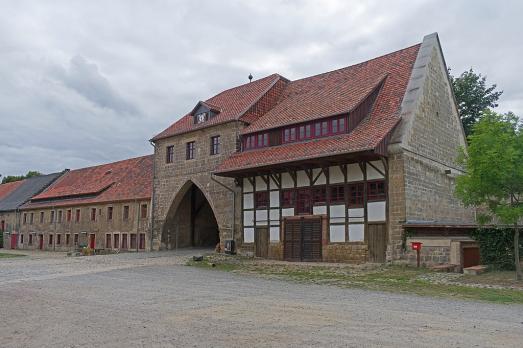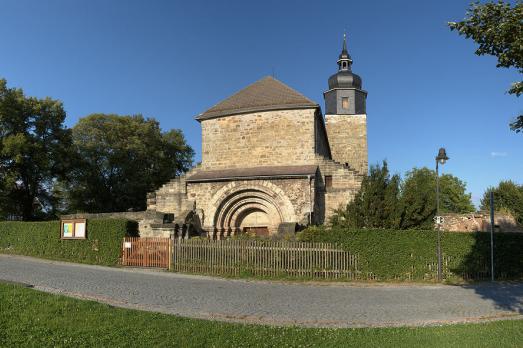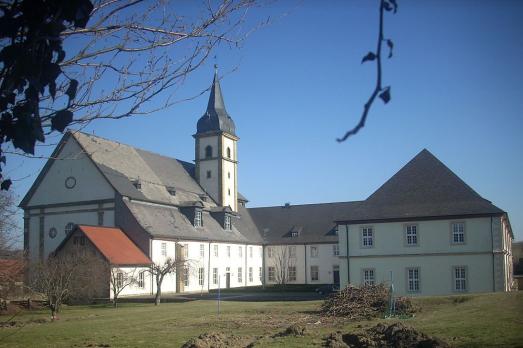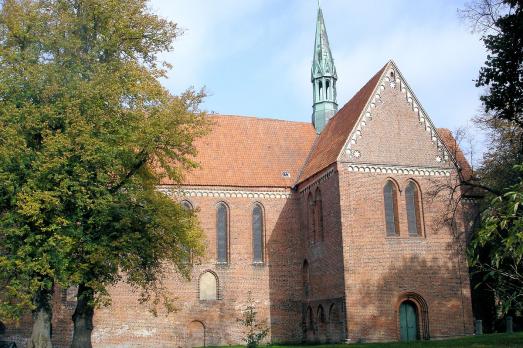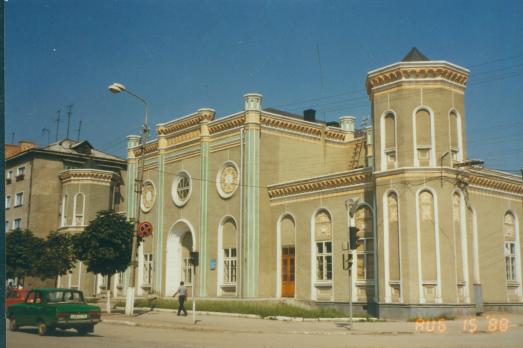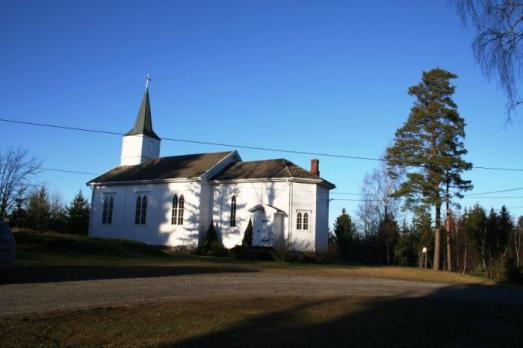Kloosterkerk
s-Gravenhage, NL
Monastery church, originally a church of the Dominican monastery - main nave and choir from around 1400, southern aisle added early 16th century. Mechanical tower clock, made by Huyck Hopcoper in 1620. Facade clock, Eijsbouts.

